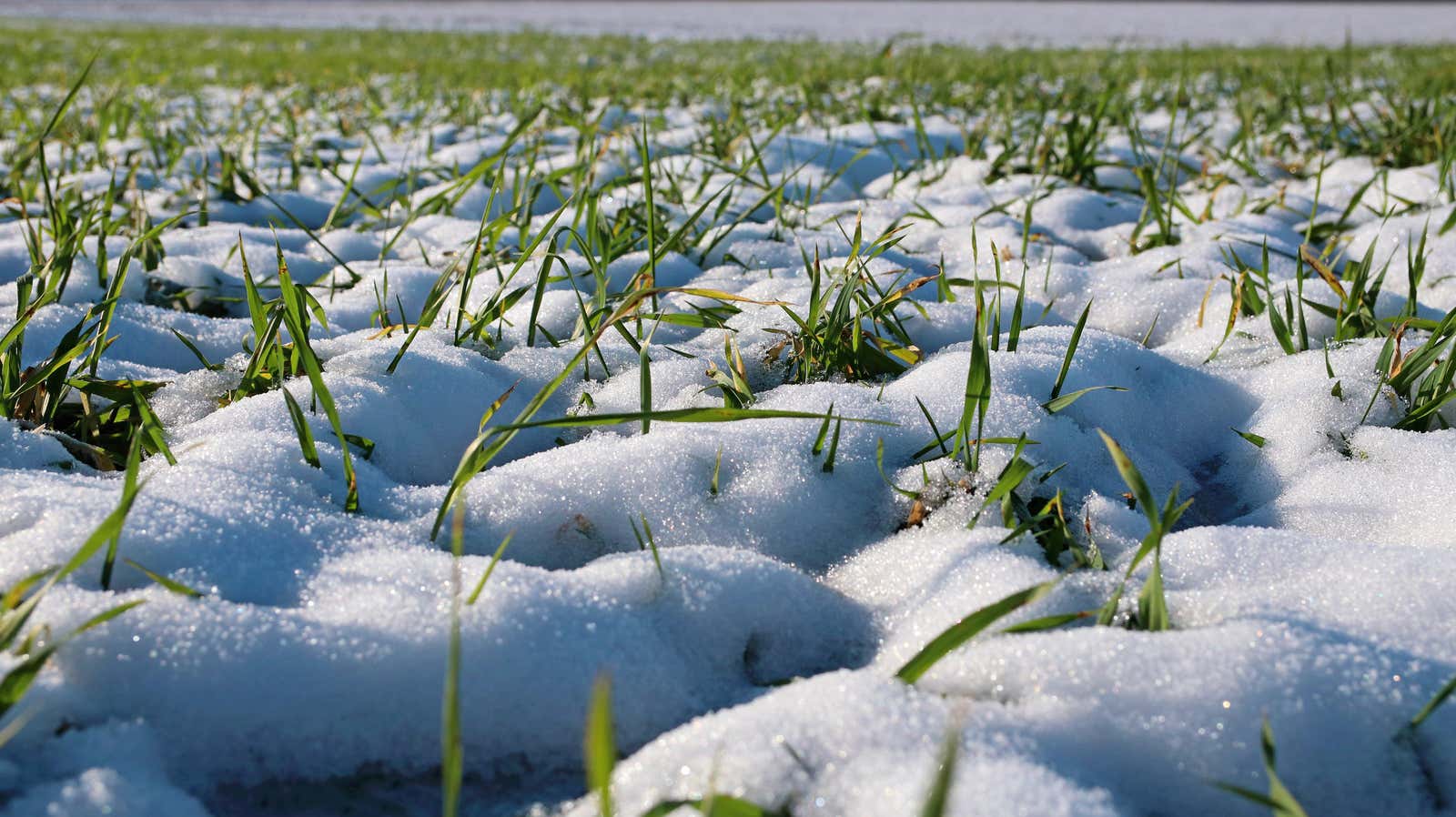Everything You Need to Do Now to Improve Your Garden Next Spring

Gardening may seem like an activity in warm weather, but for best results it is actually a year-round activity. The fact that the ground is frozen and blooms very little does not mean that there is nothing to do here. Use this time – while you’re not overwhelmed with planting, watering, managing, and harvesting – to prepare for spring gardening success.
Here’s what you need to do now for a great garden in the future.
Prune and clean up your garden now
If you haven’t already removed the overgrown tomatoes and brown annuals, now is the time. If there are no signs of illness, your waste may end up in your compost bin or be shredded and thrown right into your area. You will also want to remove all debris, including piles of leaves and overgrown bushes, and prune perennials.
Work to improve the soil
Improving the quality of the soil in your garden during the winter is one of the best ways to prepare for spring success. We have soil preparation guidelines , but options include planting cover crops to protect your soil and improve its nutrient content; using mulch to do the same; or adding compost to feed the beneficial microorganisms in your soil.
You can also add amendments to the soil – substances that improve the physical composition and structure. While mulch is added as a top layer, the amendments are made deep into your plot. To do this, you need to know the composition of the soil. Your local cooperative extension service can help with this, or you can contact a garden club or community gardening organization in your area.
Make a plan and schedule for spring
It’s easy to let winter get away from you and skip getting ready for the start of the season. It’s time to figure out what you want to plant and chart it based on how much space you have, your garden strategy you follow (like planting a companion), and layout options (rows versus square feet versus four squares). From there, figure out what seeds and seeds you need to order and where to get them.
You will also need a schedule for planting seeds indoors, replanting seedlings outdoors, and planting seeds right in the ground so you don’t miss out on windows to maximize your yield. Enter your zip code in the Almanac to learn the approximate dates for your region.
Work on the compost heap
Save these kitchen scraps to feed your compost pile. Remember to take care of the compost – turn and stir it, even in cold weather.
Plus, if you don’t have a compost heap, you can still use waste effectively in your garden. Coffee grounds and eggshells can be stored and stored until you are ready to apply them to the soil.
Organize your tools and storage space
Also now is the time to clean and sharpen your garden tools and organize your garage, shed or basement. You should also organize and label your seeds and find a cool, dry place to store them.
Manage snow on trees and bushes
If you live in a snowy environment, your plants will most likely survive the winter just fine without interference, and the snow is really beneficial and protective. However, you can help your trees and bushes by gently brushing off the snow if it starts to push the branches down. You can also place supports on bushes, if necessary, to prevent them from breaking.